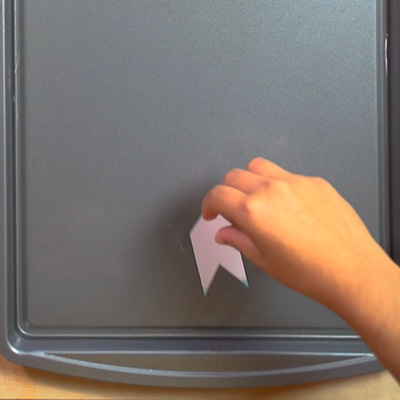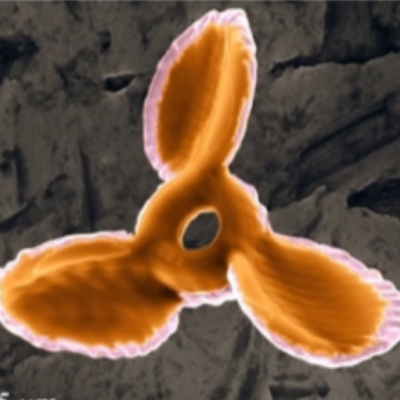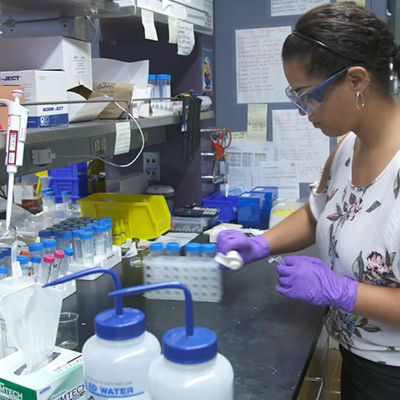SO WHAT?
In nature, chemical forces control the motion of tiny living and non-living particles. These examples inspire scientists to design materials that can move in similar ways. For instance, based on how bacteria move, scientists have created motors that are a thousand times smaller than a grain of sand – much smaller than your boat! These materials are called nanomotors and can be powered by different methods, including chemical forces, as well as magnets, light, and sound waves.
Because the motors are so small, they could be put into the body and used to carry medicine through the bloodstream and to individual cells. This is an exciting possibility for cancer research because current cancer medicines have one big problem: they often kill healthy cells along with tumor cells. Scientists hope to solve this problem by using nanomotors to carry the medicine directly to the tumor cells and limit the effects on healthy cells. Before they can do that, however, scientists need to find ways to make nanomotors cheaper to produce and safer to use in living organisms. Because the motors are usually made up of expensive metals that are bad for cells in the body, current medicines are still cheaper and safer to use.




